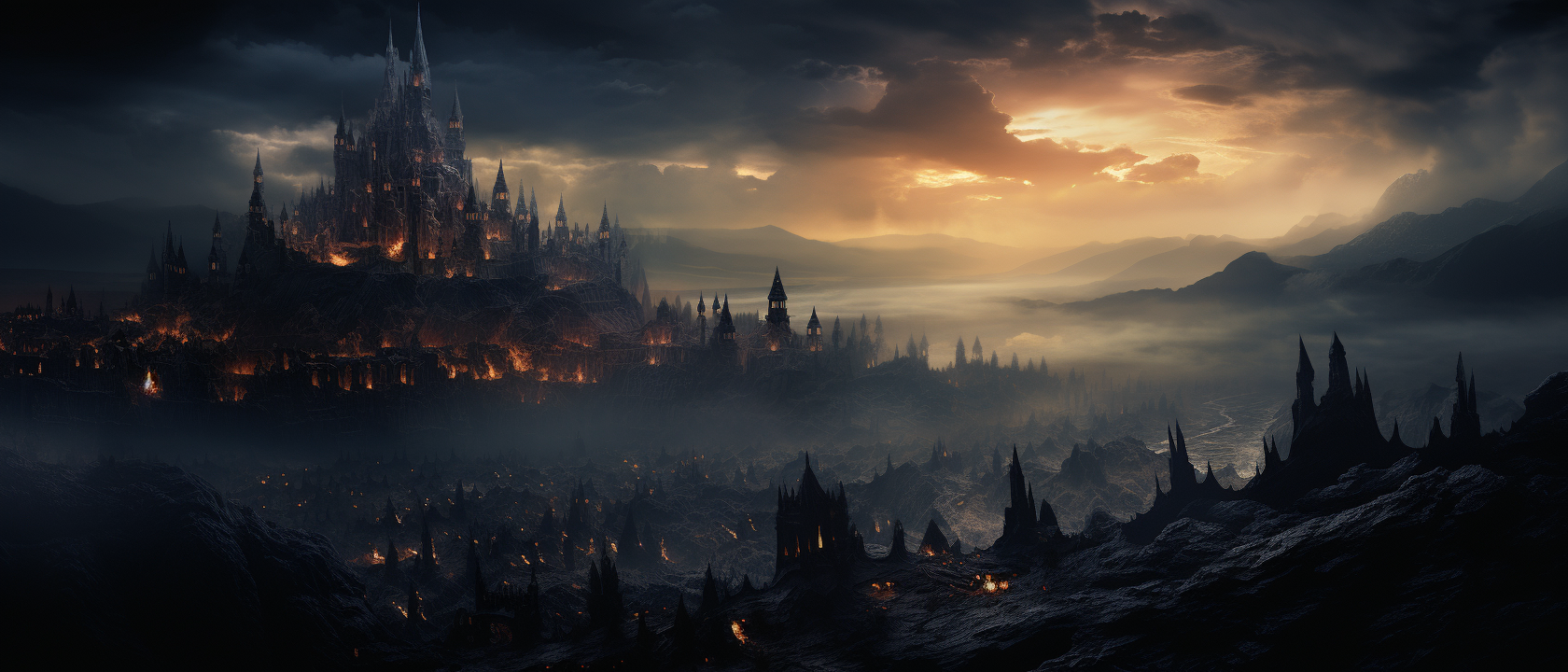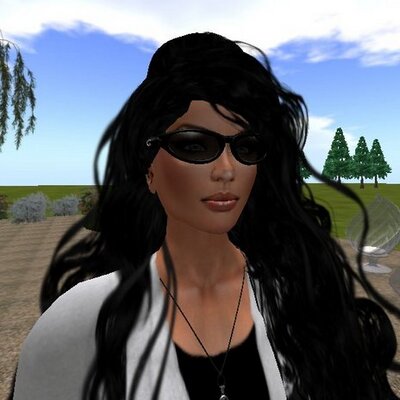The Owlpanther looks like a hybrid of an eagle owl and a very small variant of the panther. But it is its own species despite having characteristics and behaviours of both.
The owlpanther lives mainly in forests and mountains where its inhabitates the high grounds of the trees or the hangs of the mountains where it has the high ground.
In contrary to its winged figure it can't really fly, it is more of a gliding, starting on higher grounds like the top of trees or large rocks. It can flap its wings but that is merely to enlarge the distance.
Description
The owlpanther is mostly only slightly bigger then a normal housecat. Its wings are attached on the side of the body, starting on the frontpaws and ending on the upside of the backpaws. When they expand their wings they look like an angry flying squirrel from underneath.
Their fur is mostly ink black with variations of grey and brown, depending on the distribution of the species. The fur drawing resembles feathers so this is one of the things of which the Owlpanther got its name.
Their eyes are mostly black with a small golden ring in it.
The talons are sharp as freshly sharped knifes but only a few millimeter long. They can extend them like a cat and will grab everything that might hold them like an owl. Sometimes, when the master holds them, they cut into the fabric or the skin under their talons.
The face of the Owlpanther is a slim one with a nose that will look like a beak from the front and more like a cat from the sides. The ears are small and studded with fine hairs like a lynx.
You can pet the Owlpanther. At your own risk.
Habitat & Hunt
The Owlpanther lives in most habitats which are not the desert or the icy mountain ranges of the north. In opposite to the fur they can't really cope with great heat and cold. They will, however, traverse these biomes if they have to, be it because of they are being hunted or they are forced to do it (delivering letters for example).
In their natural habitat the Owlpanther lives mostly in the trees of larger forests and in the mountains where they can have the high ground and the best view they can get. If they have to sneak upon their prey on the ground they will go all flat and scare their prey to death from underneath them if possible, including the wiggling of its rear end; some Owlpanther will imitate the motion of estimation performed by owls.
Normally the Owlpanther will hunt their prey from above. They will sit on a branch high up in a tree or on a rock and wait for something meaty. The Owlpanther is a slightly bigger housecat (speaking in size) but they will hunt everything which seems eatable. Could be a deer, a bear, a goose or a very unlucky knight or merchant. They have no sense of size so they will expand their wings, jump and will glide to its prey.
Upon in striking range it will release a short "GRRRRR" with its first vocal system, which will grab the targets attention and "freeze" it, mostly out of curiosity. Most of the times it is too late for the prey because then the Owlpanther will release the full power of its second vocal system: "HOOOOOOOT!"
Operation successfull, prey dead. Reason of death: Heart attack.
Life of an Owlpanther
Owlpanthers are mostly lone wolfs and cover a large area in their habitat. They will hunt, eat and sleep where they are and avoid each other. When two or more Owlpanthers collide, they won't use their second vocal system when not absolutely necessary. For someone in hearing distance it will sound like a bunch of big cats fighting, so you better run.
In the wild an Owlpanther will live up to 15-20 years, in captivity most of the Owlpanthers will reach a lifespan of 50-60 years.
In the wild they will mate every two to three years and the female will bring two to four chittens (Owlpanther kittens) into the world. They are without fur and the skin for the wings is barely visible. They are blind for the first two to three weeks. The mother stays with them for approximately a year and will teach them to clean themselfs, hunt and use their two vocal systems.
The cry of a chitten is more like an "miiiHeeee". Unless they develop their killing cry they can - and will - kill smaller living things like insects.
The mother will leave the chittens after the passing of a year. Now they have to survive on their own; they will search for a fitting territory and will fight against other Owlpanthers.
When an Owlpanther is around three years old it's considered as an adult and when it turns around five years old it will start searching for a mate.
Domestication
Owlpanthers are sentinent beings with an intelligence above average. They can't talk but will recognize the meaning of your words when they get to know you. Most of the times you won't have the chance to speak to an Owlpanther, because you are dead, but many mages - especially war mages - try to catch an Owlpanther in the wild or pay a lot of gold to get one.
It consumes a huge amount of time to get the Owlpanther's trust and their loyalty. They will act like assholes at the beginning and a long time afterwards, but if you can bond with the Owlpanther you will have a loyal companion which will fight to the death for you.
Owlpanthers are mostly used for communications in the written form when it has to be faster then a normal courier. The Owlpanther can't get tracked easily, but it is not impossible because of their way of traversing the lands, everytime keeping an eye out for the next hight ground where they can land and jump again to gain height and gliding distance.
An Owlpanther will attack when threatened and defend their payload (letters, small packages etc.) by all means.
When an Owlpanther finally bonds with its master and the master is on the magical side, they can "communicate" over some sort of emotional connection, sharing intents, thoughts on a very basic level and sometimes wishes and ideas, roughly speaking.








Yes I'll take ten please. And a falconeer glove, plus magical earplugs.
Too low they build who build beneath the stars - Edward Young
Ten chittens with a falconeer glove and some earplugs including materials for cages or owlposts, coming right up. :)